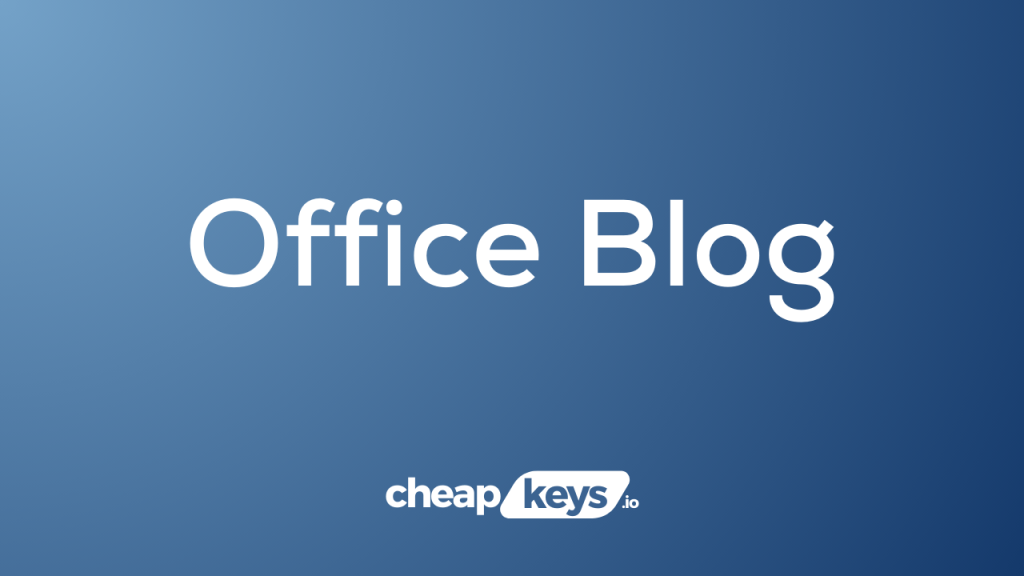Microsoft Word offers various views that allow users to work in different modes, each with its own purpose and functionality. These different views cater to different needs, whether it’s focusing on the content, reviewing the layout, or collaborating with others. In this guide, we will explore the different views available in Microsoft Word and explain how each view differs from the others.
The default view in Microsoft Word is the “Print Layout” view, which closely resembles how the document will appear when printed. This view is ideal for tasks that involve formatting, arranging text and images, and ensuring the overall layout is visually appealing. Another view option is the “Read Mode” view, which optimizes the document for on-screen reading, similar to an e-book or webpage. This view is particularly useful when you want to focus on the content without distractions, such as when reviewing a long document or reading for extended periods.
Step 1: Open Microsoft Word:
- Launch Microsoft Word on your computer.
- If you don’t have Word installed, you can download it from the official Microsoft website.
Step 2: Default View: Print Layout:
- By default, Word opens in Print Layout view.
- Print Layout view displays your document as it would appear when printed.
- It includes page breaks, margins, and headers/footers.
Step 3: Full-Screen Reading View:
- To switch to Full-Screen Reading view, click on the View tab.
- Select “Full-Screen Reading” in the “Document Views” group.
- Full-Screen Reading view maximizes the document for easy reading and allows you to navigate through pages.

Step 4: Web Layout View:
- Click on the View tab.
- Choose “Web Layout” in the “Document Views” group.
- Web Layout view optimizes the document for online viewing.
- It displays content in a web page format, adjusting to fit various screen sizes.
Step 5: Outline View:
- Access the View tab.
- Click on “Outline” in the “Document Views” group.
- Outline view displays the structure of your document in an outline format.
- Use headings to organize content and easily navigate through different sections.
Step 6: Draft View:
- Go to the View tab.
- Click on “Draft” in the “Document Views” group.
- Draft view provides a simplified layout with no page breaks or formatting.
- It allows for faster editing and focuses on the content itself.
Step 7: Read Mode:
- Locate the View tab.
- Click on “Read Mode” in the “Document Views” group.
- Read Mode offers a clean, distraction-free reading experience.
- It adjusts the layout for optimal view on any screen size and enables easy navigation.
Step 8: Switch between Views:
- In the View tab, choose the desired view from the “Document Views” group.
- Experiment with different views until you find the one that suits your current task or preference.
This step-by-step guide has walked you through the various views available in Word, including Print Layout, Full-Screen Reading, Web Layout, Outline, Draft, and Read Mode. Each view offers unique features and benefits, such as optimizing for printing, online reading, outlining, editing, or distraction-free reading.
Unlock the full potential of productivity by purchasing Microsoft Office on our website at the lowest price available, ensuring you get the best deal for essential office tools.


